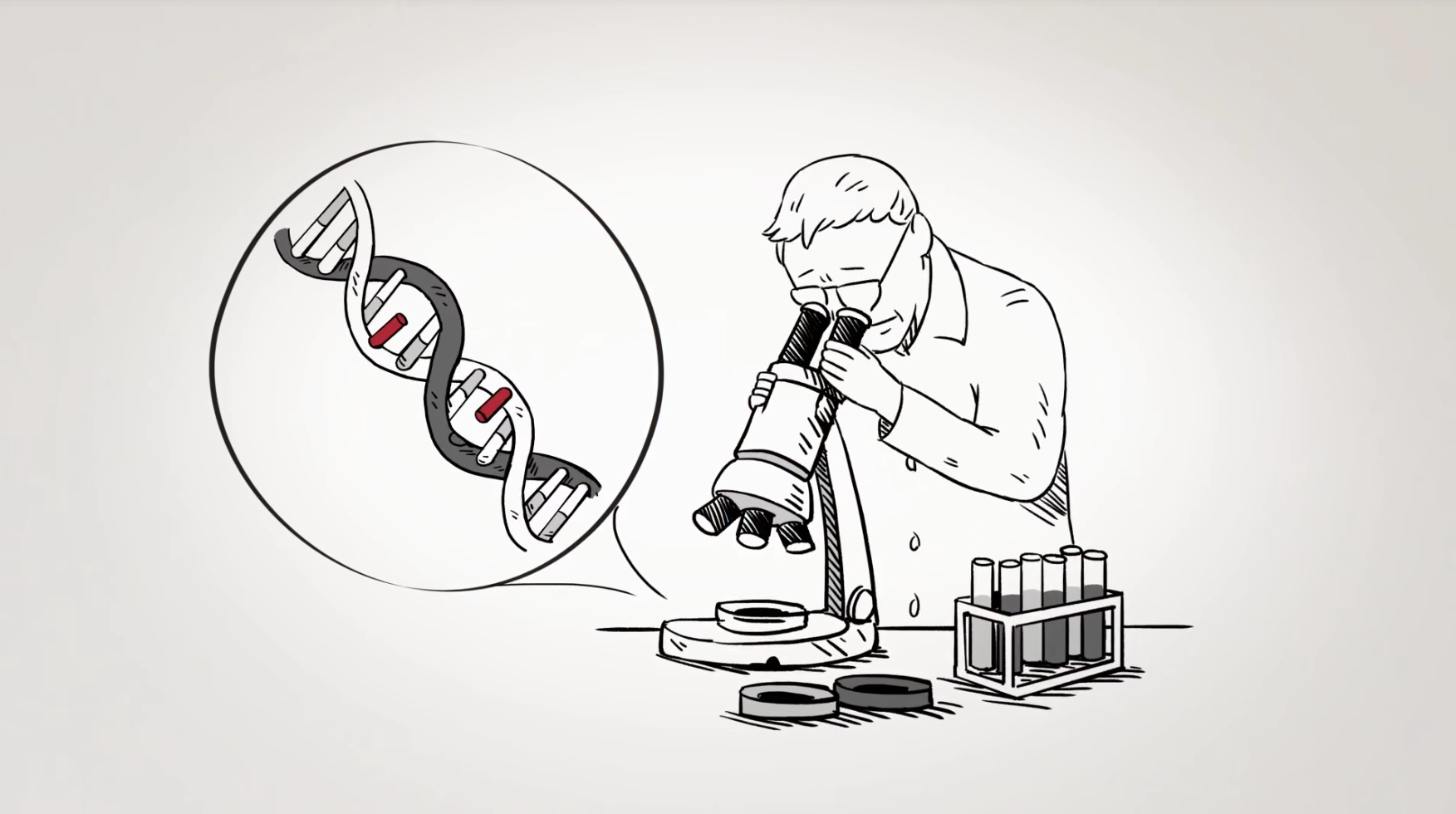About
- Nearly one million people in the U.S. are living with Parkinson’s Disease (PD).
- The individual cost of PD is immense, with medications alone costing an average of $2,500 per year, and therapeutic surgery costs up to $100,000 per person.
- Parkinson’s disease is sometimes called a “movement disorder” because it can cause tremors, slowness, stiffness, walking and balance problems, though it also affects non-movement issues such as depression and memory problems. (For more information, please visit the Michael J. Fox Foundation’s “Parkinson’s 101” page).
How Stem Cell Research Can be Used to Treat Parkinson’s Disease
Stem cells can:
- Mimic PD in a dish and facilitate our understanding of the disease.
- Mimic PD in a dish and help us identify new and effective drugs for treatment.
- Replace the dead neurons.
- Provide food and nutrients to protect the existing neurons from dying.
CIRM’s Progress: Selected Research Highlights
- CIRM has funded one clinical trial in California related to Parkinson’s. It has also funded an early discovery stage of a study that later led to a clinical trial funded by Alkahest, Inc. in collaboration with the Michael J. Fox Foundation:
- In a Phase 1 clinical trial, researchers at Brain Neurotherapy Bio are using a gene therapy approach to promote the production of a protein called GDNF, which is known to protect neurons. The aim of this therapy is to increase dopamine production in the brain, alleviating PD symptoms and possibly slowing down the progression of the disease.
- In a Phase 2 clinical trial, researchers at Alkhast have identified a molecule found in blood that activates the brain’s own stem cells, allowing them to replace some of the dying neurons. The delivery of this molecule to Parkinson’s patients is being tested as a potential therapeutic.
- CIRM has also funded numerous early stage and pre-clinical studies in this area. Some examples include:
- Researchers at UC Berkeley are studying the development of technologies that would allow for expansion and differentiation of pluripotent stem cells into dopaminergic neurons in a scalable, reproducible, safe and economical way. These neurons could then be transplanted into PD patients to replace the lost cells.
- Researchers at UCSF are using a specific stem cell population to protect the existing cells in the PD brain, thereby slowing disease progression.



